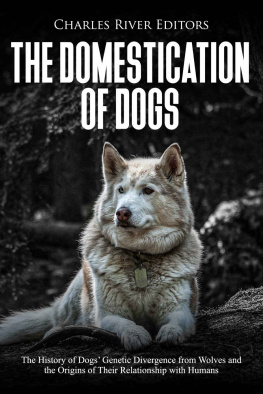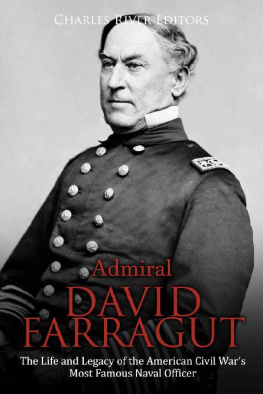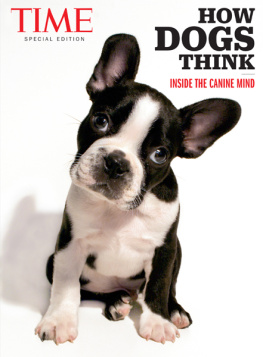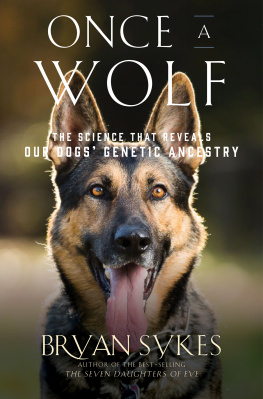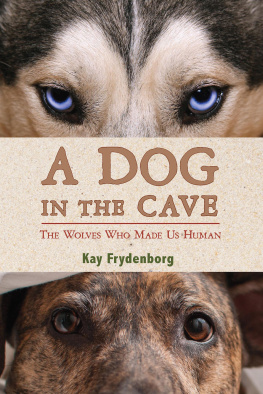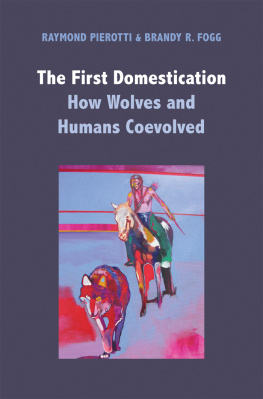The Domestication of Dogs: The History of Dogs Genetic Divergence from Wolves and the Origins of Their Relationship with Humans
By Charles River Editors
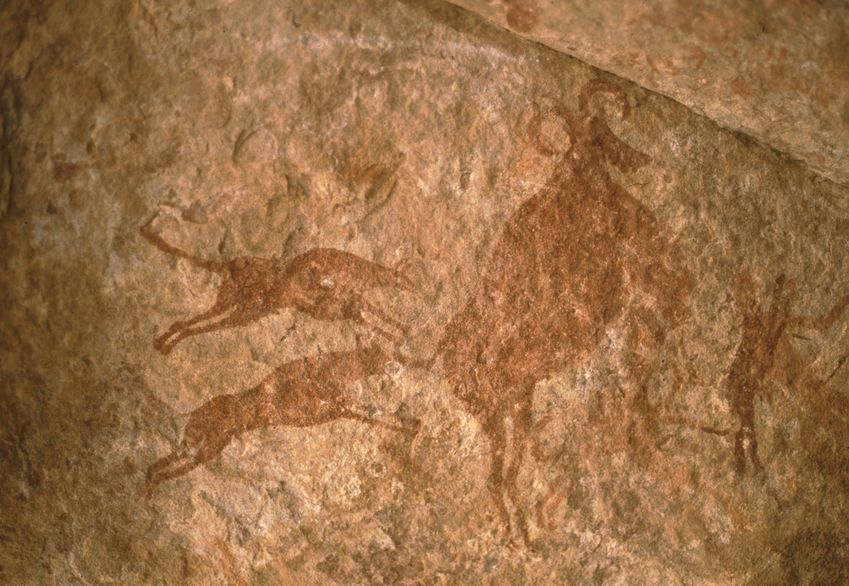
A picture of ancient rock art depicting two dogs attacking a sheep
About Charles River Editors

Charles River Editors provides superior editing and original writing services across the digital publishing industry, with the expertise to create digital content for publishers across a vast range of subject matter. In addition to providing original digital content for third party publishers, we also republish civilizations greatest literary works, bringing them to new generations of readers via ebooks.
Sign up here to receive updates about free books as we publish them , and visit Our Kindle Author Page to browse todays free promotions and our most recently published Kindle titles.
Introduction
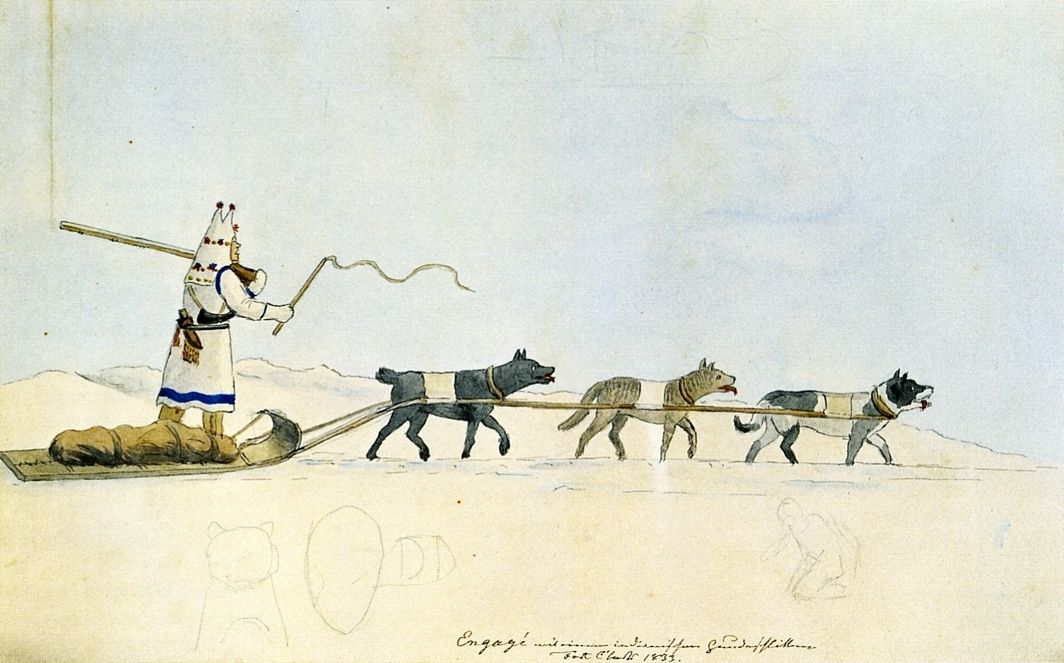
A 19 th century diagram of different sled dogs
Isn't it strange that, our being such an intelligent primate, we didn't domesticate chimpanzees as companions instead? Why did we choose wolves even though they are strong enough to maim or kill us? - Wolfgang Schleidt
As the oft-repeated and invariably accurate pearl of wisdom goes, a dog truly is man's best friend. For a long time, people have almost universally loved dogs, and it seems to have been that way for at least tens of thousands of years. When affection is abundantly and consistently expressed, this pure, unspoken, wholesome love is one that is very much requited, and then some. This bond can be demonstrated by the mere existence of pet keepers who unironically refer to themselves as dog parents, not merely dog owners.
Of course, this camaraderie between man and dog did not materialize overnight. Quite the contrary, the relationship between people and dogs gradually evolved and steadily strengthened over several millennia, following a premise best summed up by the dog's metamorphosis from a predator to a lifelong companion. Apart from friendship and companionship, dogs may have been the first animal to be domesticated, and they have been trained to provide loyal and competent service in a variety of fields, ranging from seeing-eye dogs to vest-wearing police partners, among other lines of work.
The Domestication of Dogs: The History of Dogs Genetic Divergence from Wolves and the Origins of Their Relationship with Humans examines the origins of this exceptional bond, including scientific and mythical theories, and explores how wolves gave rise to a new species marked by hundreds of breeds. It also looks at the cultural roles that canines have played around the world throughout the ages. Along with pictures depicting important people, places, and events, you will learn about the domestication of dogs like never before.
The Genesis of the Canine
When the Man waked [sic] up he said, 'What is Wild Dog doing here?' And the Woman said, His name is not Wild Dog anymore, but the First Friend, because he will be our friend for always and always and always. Rudyard Kipling, excerpt from The Cat That Walked By Himself (1902)
Along with prehistoric fossils and curious features in rock art, the presence of dogs in a mlange of ancient folklore suggests that humans and canines have been inseparable friends for up to tens of thousands of years. One such myth is centered around the Afghan Hound, imaginatively nicknamed the dog of Noah's Ark. Ancient tribesmen spoke fondly of this remarkable breed, which once trotted alongside them as they crossed the Afghan hill countryside during their seasonal hunts. The hound's modern form is an elegant and agile canine with an elongated and pointy face, and a distinctive ring-curl tail. Its long, slender limbs wear a jacket of glossy fur as rich as the strands are long, and comes in a wide range of colors, from silvery-white and golden-beige to varying shades and assortments of sandy-browns and sable-blacks.
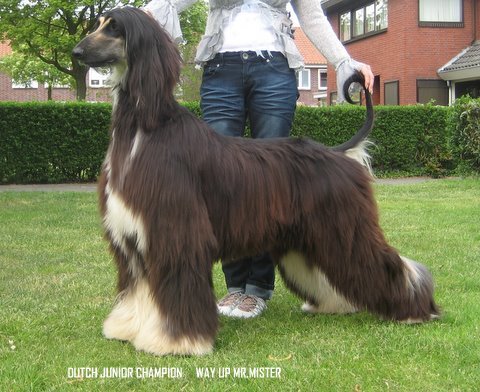
A modern Afghan Hound
The length of the Afghan Hound's fur allowed its ancestors to weather the unpredictable and at times unforgivingly severe conditions of its natural habitat in the cold Afghan mountains. The very first Afghan Hounds would have been considerably larger, perhaps closer to three or four feet in height, but they were nimble, quick dogs packed with a potential speed of 40 miles-per-hour. As such, they were often deployed to track down and aid in the capturing of deer and gazelle, as well as leopards, lions, and similar predators. Herding and overall security would have also most likely been among its list of responsibilities.
According to the legend that inspired its nickname, an anxious pair of aged Afghan Hounds arrived at the boarding of Noah's Ark at the last minute. Because the hounds were behind schedule, they had to wait at the end of the queue, and while they eventually managed to make the cut, they were made to stand just outside the door under a small awning, which left their protruding noses vulnerable to the elements. As the Earth flooded and the rain and wind cascaded down with the force of hundreds of waterfalls, the boat bobbed violently along the waves in every which way, and soon it sprang multiple leaks. Noah and his family hastened to and succeeded in corking all but two of these gushing holes. The Afghan Hounds, while clinging on for dear life themselves, likewise sprang into action. They stuffed their narrow snouts into the last two holes, thereby allowing the ark to stay afloat. Some creationists assert that the dogs on Noah's Ark launched the genetic line for all future generations of dogs, and while that is certainly a heartwarming notion, there is no scientific evidence to support it.
The extraordinary intelligence of dogs and their inherent ability to grasp human social cues are also implied across many other ancient myths. One story, perpetuated by the Nyanga people in the African Congo, went so far as to say the dog in the tale had the power of speech. On the very first morning after the Earth was created, the Nyanga folk hero Nkhango, like those who would become his fellow villagers, awoke from the slumber of non-existence. Nkhango departed from their camp shortly thereafter and roamed across the freshly carved landscape, and eventually stumbled across a dog who called himself Rukuba.
Now, it was not the sight of the strange, but charming creature with sharp, prominent ears that always pointed north that made Nkhango halt in his tracks. What caught his attention was the flickering, shapeless ball of blinding reds, golds, and oranges, which emanated an alluring warmth, dancing atop a pile of branches and twigs, sitting just inches away from the four-footed creature. The dog was supposedly an ancestor of the Basenji breed: a critter that does not bark, but rather, emits a gentle, high-pitched cross between a yodel and a chortle, on account of its peculiarly narrow larynx.
Nkhango was delighted to find that the creature could speak, and the resourceful explorer that he was, quickly drummed up and brokered a deal with Rukuba. In return for unlimited access to the magical thing the dog called fire, Nkhango vowed that humans would befriend and work alongside Rukuba and other dogs for all eternity. Rukuba kept up his end of the bargain and diligently supplied Nkhango and the villagers with fire, and a friendship was forged.

